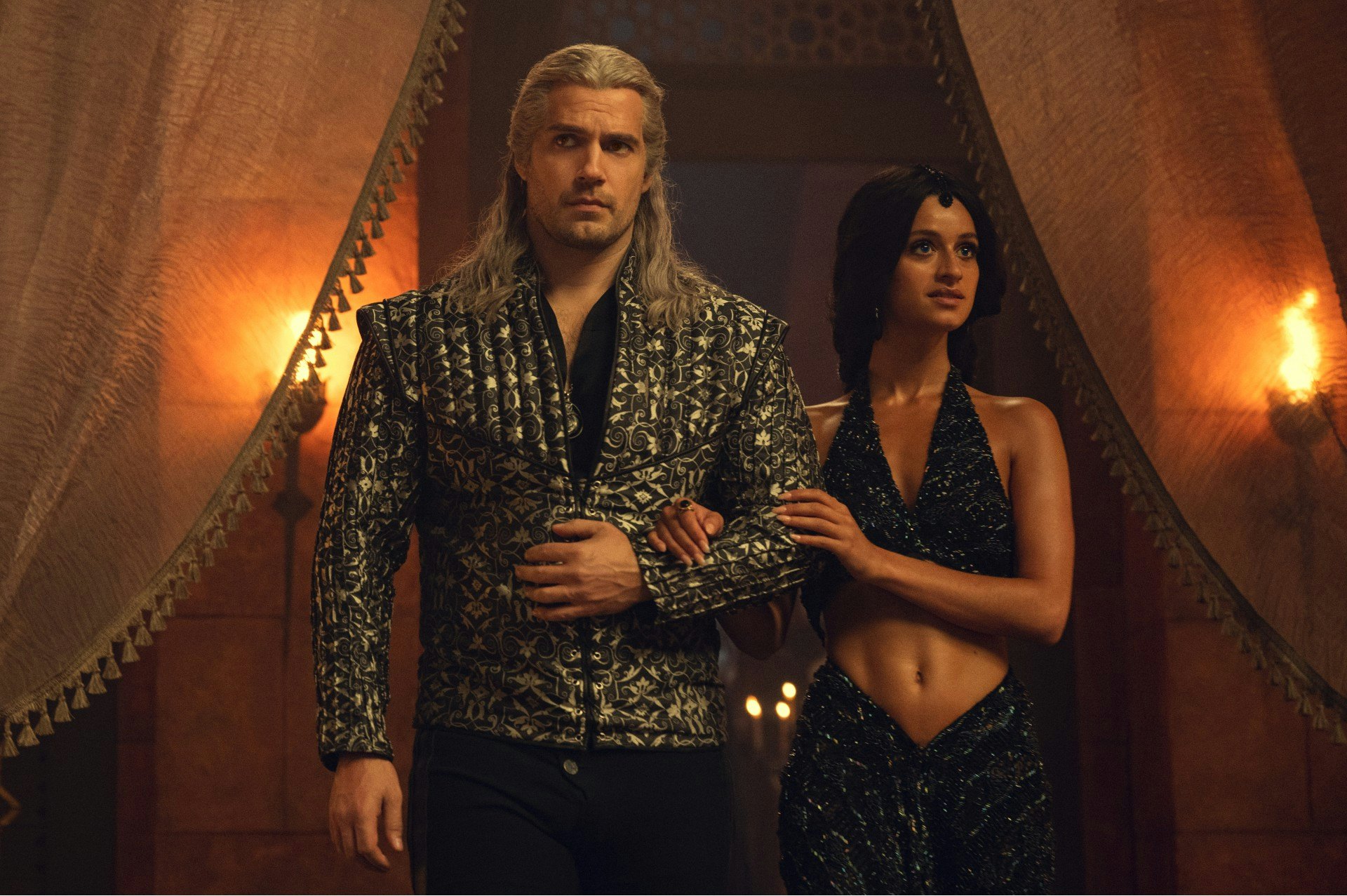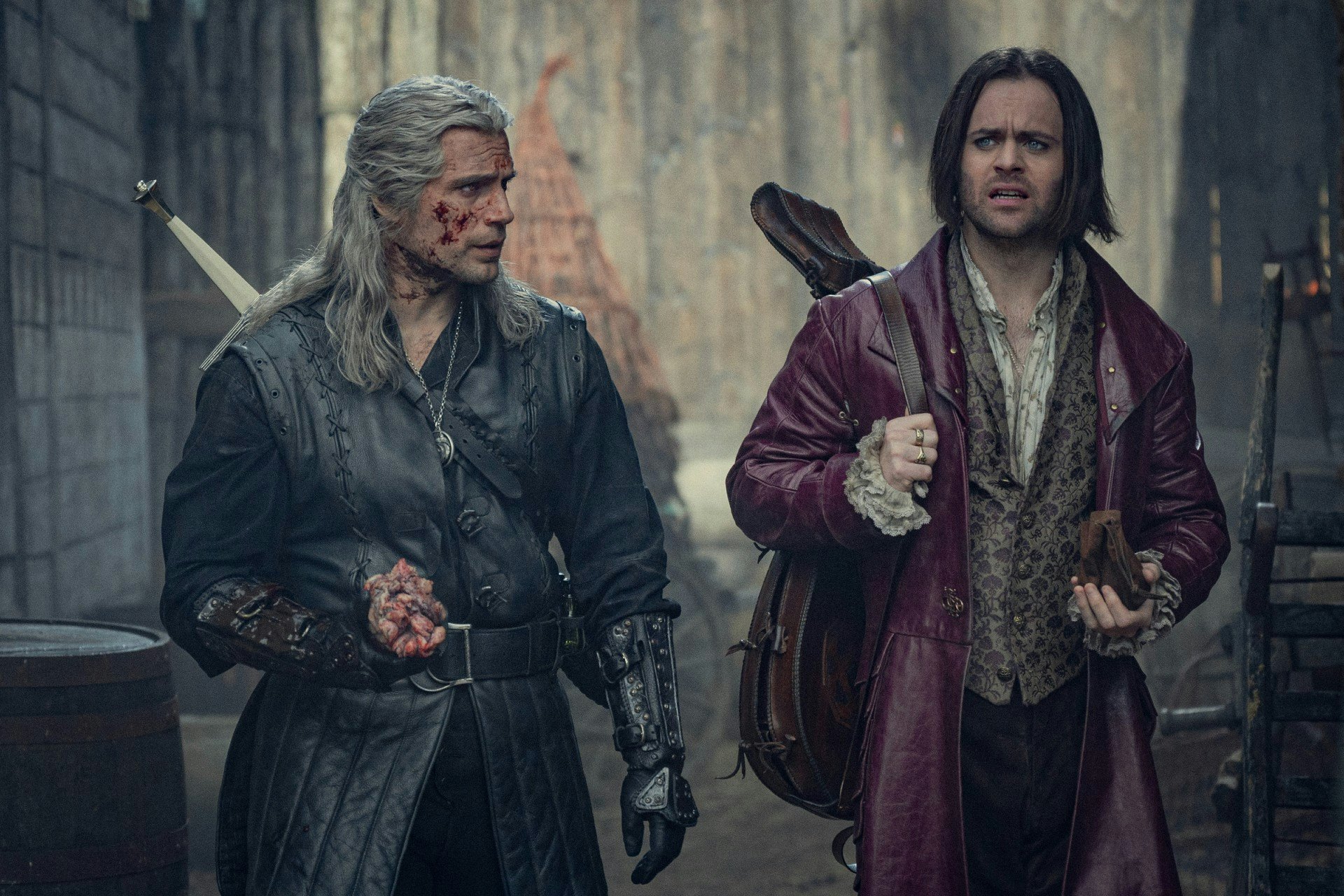
The Witcher, like its main character, has made a name for itself on monster-slaying action set pieces. But Volume 1 of Season 3 (the season is split in half, with Volume 2 arriving on Netflix on July 27) takes a surprising left-turn into political intrigue.
The first two seasons of Netflix’s The Witcher have sported unique tones and storytelling styles, and it’s immediately clear that showrunner Lauren Hissrich is running with that idea again. Geralt, Yennefer (Anya Chalotra), and Ciri (Freya Allan) are still the central characters, but much more time is afforded to side characters this season, making it feel more like an ensemble show.
This shift feels like a deliberate choice to bring the focus a bit off of Geralt, likely because of Henry Cavill’s imminent departure next season. It all contributes to the overall vision this season clearly has of a grand political play, where multiple parties are forwarding plans and trying to capture Ciri to further their own means. It’s a more focused style of storytelling that almost instantly feels markedly better from the scattered second season.

Season 3 picks up right where the last one ended, with the trio on the run from the various powers that want to capture Ciri, who’s now being trained in the ways of magic. Unforeseen events force the party to break up once again, with Geralt and Yennefer separately endeavoring to find a safe haven for their makeshift family. Ciri’s relationship with both her adoptive parents very much comes into play, and there are some interesting wrinkles added as we see just how far Geralt and Yen are willing to go to keep here safe.
After Season 2’s sluggish pace, a tighter script and snappier dialogue help the plot move along a little more quickly, although in a couple spots it can feel like events are moving forward too fast, with minutes of buildup suddenly getting stripped away for the next plot point. The political intrigue angle works effectively as a world-building tool, as we get to peer into the minds of some of the more interesting side characters like the return of disgraced Nilfgaardian soldier Cahir (Eamon Farren) and the delightfully slimy pair of Redanian royal advisors Sigsimund Djikstra (Graham McTavish) and Phillipa Eilhart (Cassie Clare).

The real standout of this season, however, is Geralt’s longtime friend, bard, and self-pronounced playboy, Jaskier. Where Jaskier felt relegated to the background previously, he has a real starring role this time, making the most of his increased screentime to develop a vibrant friendship with Ciri. His character arc also represents the first time The Witcher has fully embraced queerness beyond just subtext, giving the character real room to breathe with a new romantic partner. It’s an interesting turn, but because so much of this first half of Season 3 is setup, only time will tell if the show can manage to avoid some of the tired tropes of queer storytelling.
But even with a greater spotlight on ensemble, it’s hard to imagine how this works without Cavill. His version of Geralt, while reduced, still feels like a big part of the puzzle. This season gives the character much more room to breathe in terms of emotion, and Cavill leans into that with gusto, delivering some of his best performances yet. There are few stars who can juggle The Witcher’s specific combination of dense lore and graphic violence, and Cavill proves that he’s one of them — shining in the more dramatic moments and in the season’s diminished action scenes.

Despite the season’s dialogue and story-heavy approach, the smattering of action scenes across the five episodes feel a bit more meaningful and weighty because of the sparseness. At the same time, real care has been put into making the action more stylish and unique, with no two actions scenes feeling the same.
This season uses that same one camera shot style for action as the very first episode of the show, putting a huge emphasis on fight choreography and upping the gore significantly. Of course, it wouldn’t be The Witcher without a few monsters as well, and one particular encounter has Geralt facing what might be one of the most grotesque creatures ever seen in television. That gross-out factor works well, especially in tandem with the tight framing and smooth choreography.
These first five episodes of The Witcher Season 3 feel hard to judge entirely on their own because so much of it feels like setup and the payoff isn’t there, yet. Episode 5 certainly feels like the “crescendo” where everything turns, and we start to see all the various parties put their plans into motion (during a visually striking ballroom sequence that has immaculate costuming). The decision to split this season into two parts feels a bit odd at the moment, but if those last three episodes can stick the landing, Season 3 might be the best The Witcher has had yet.







